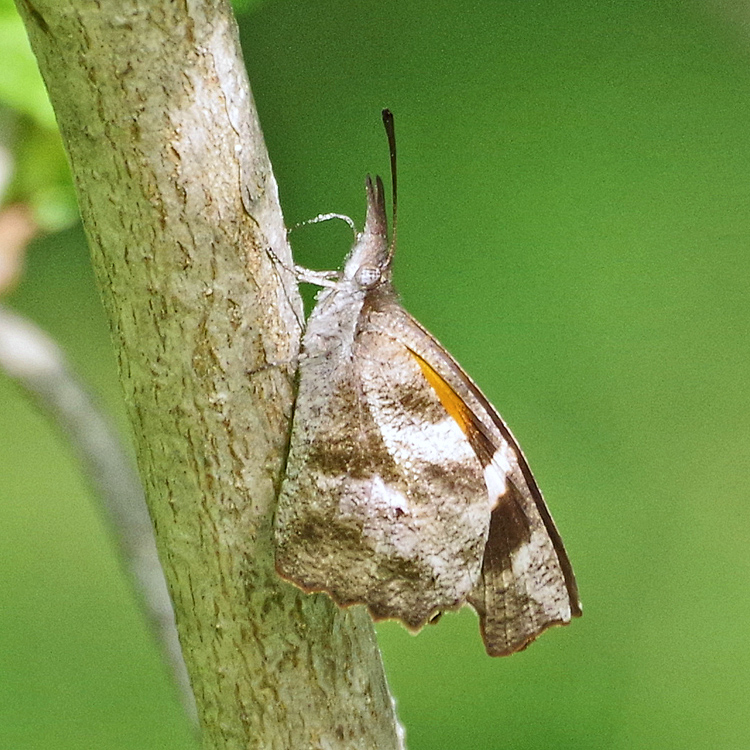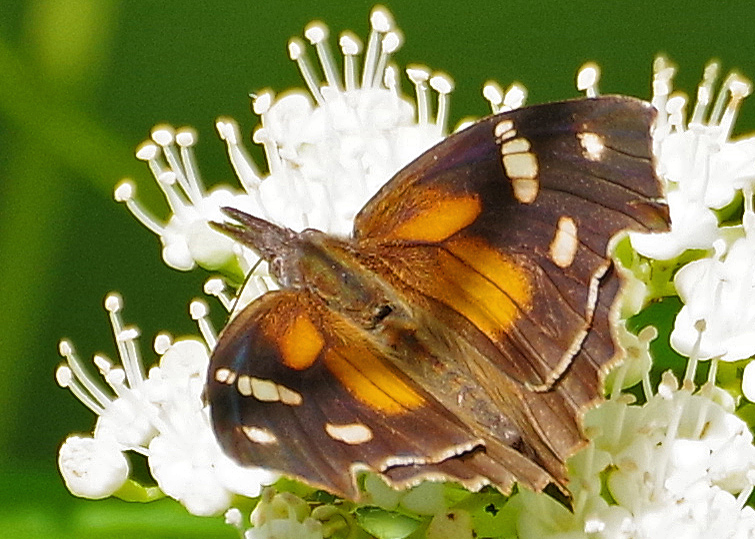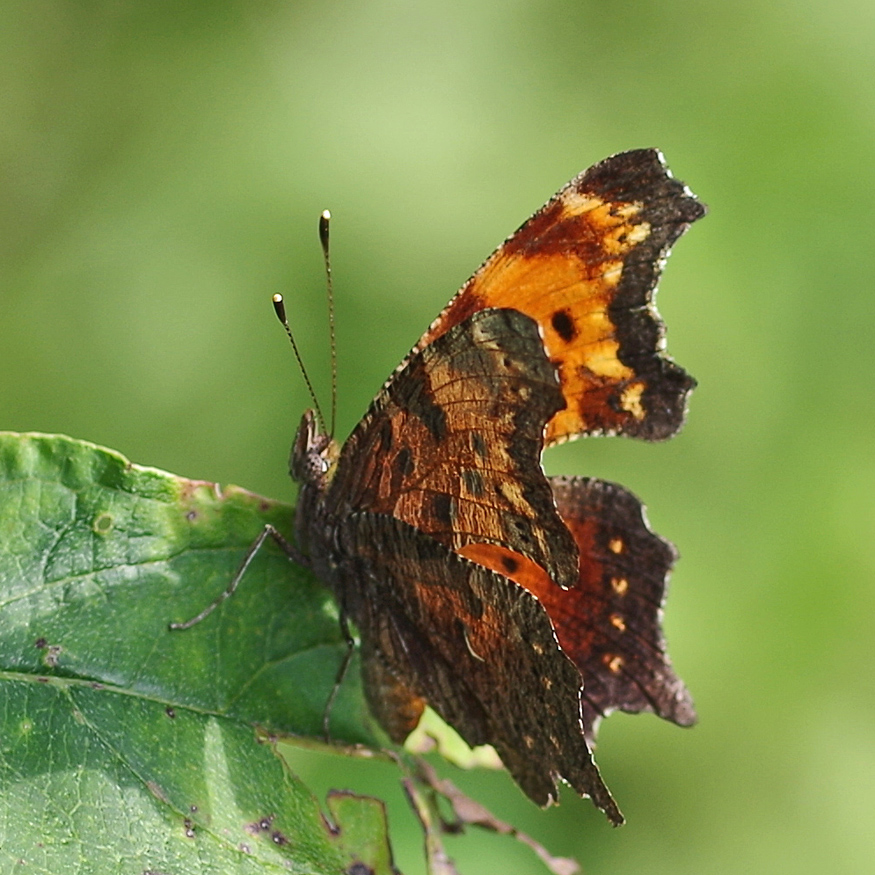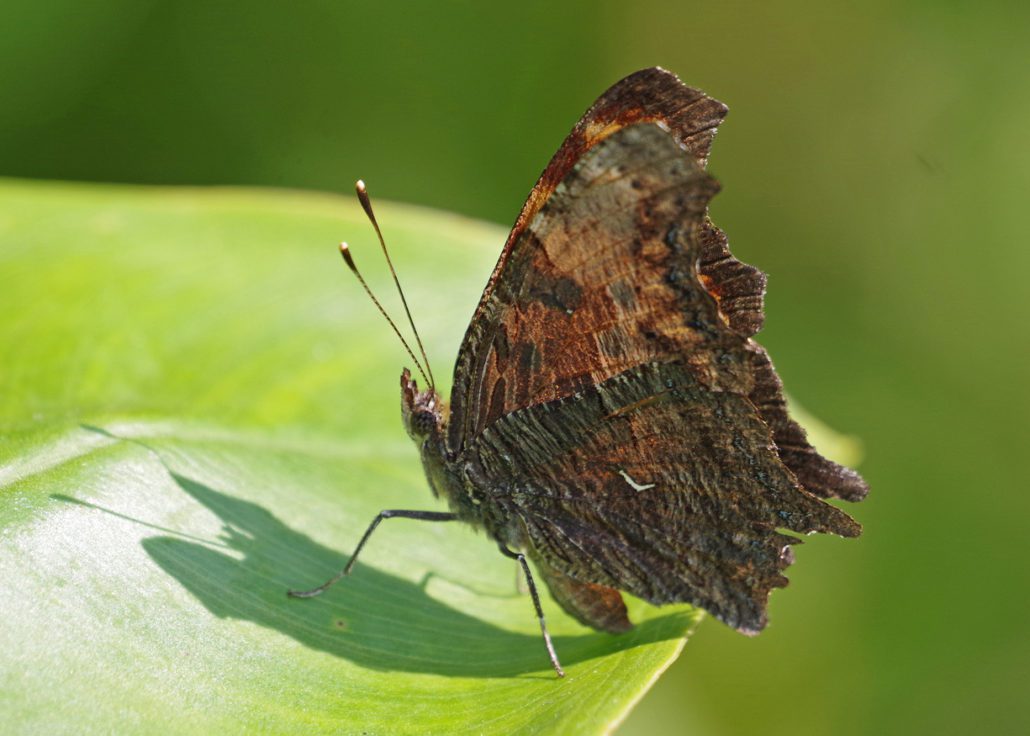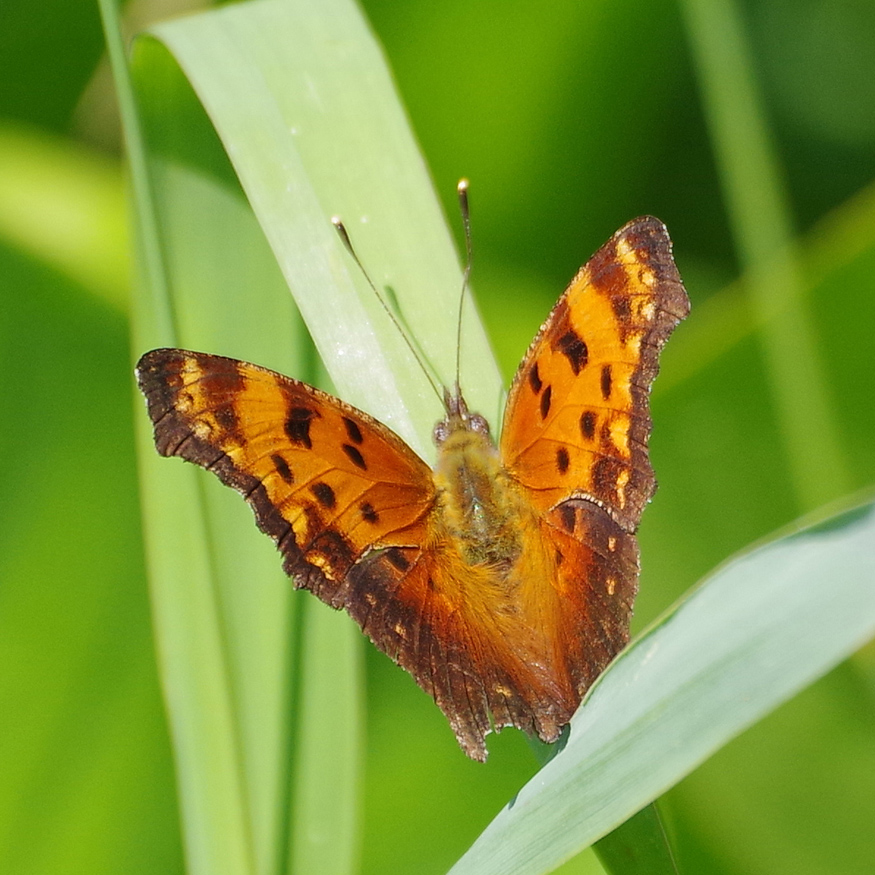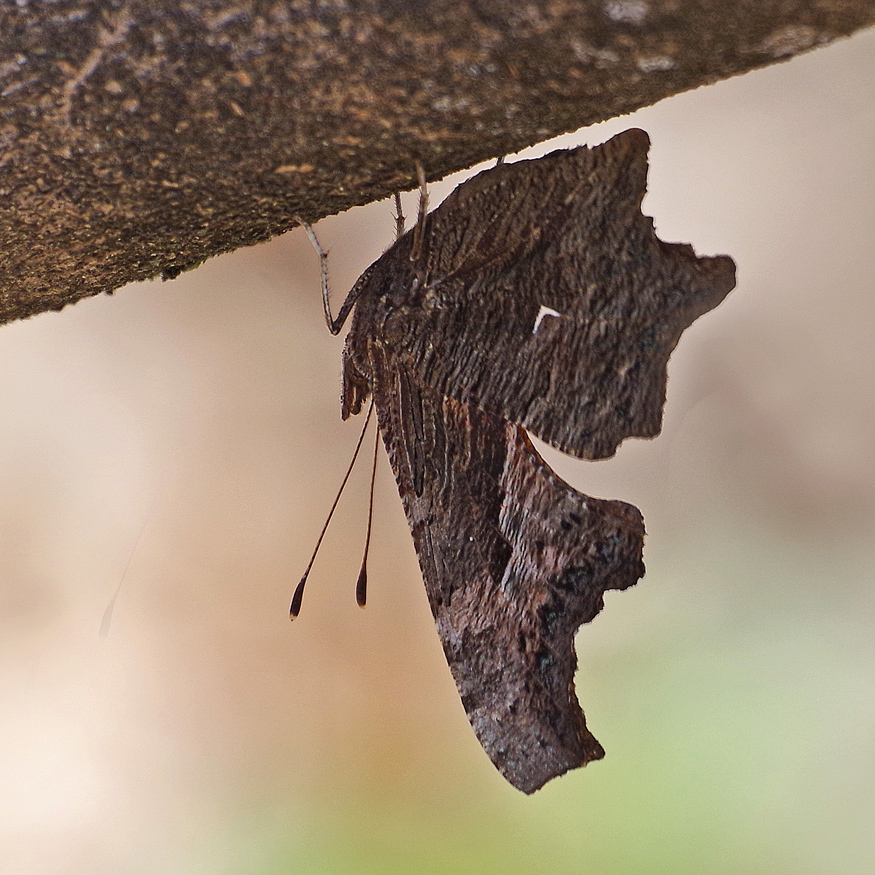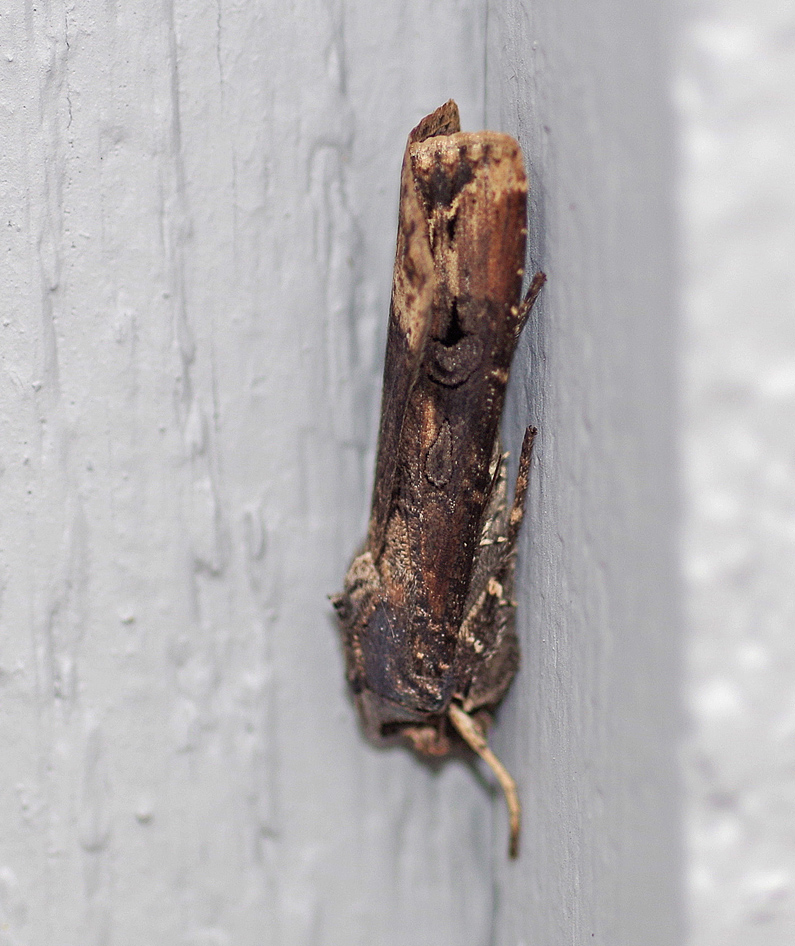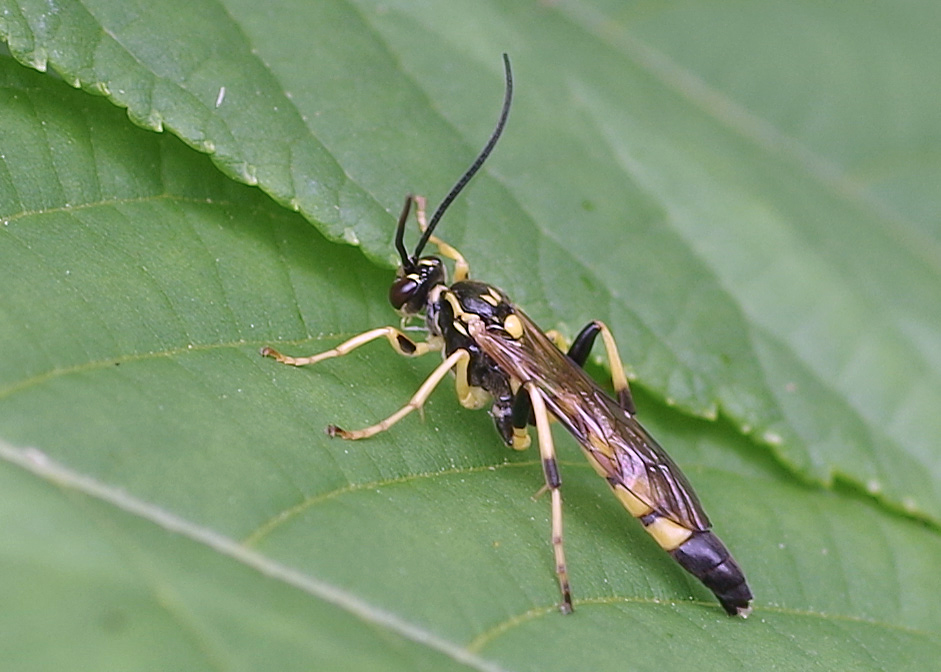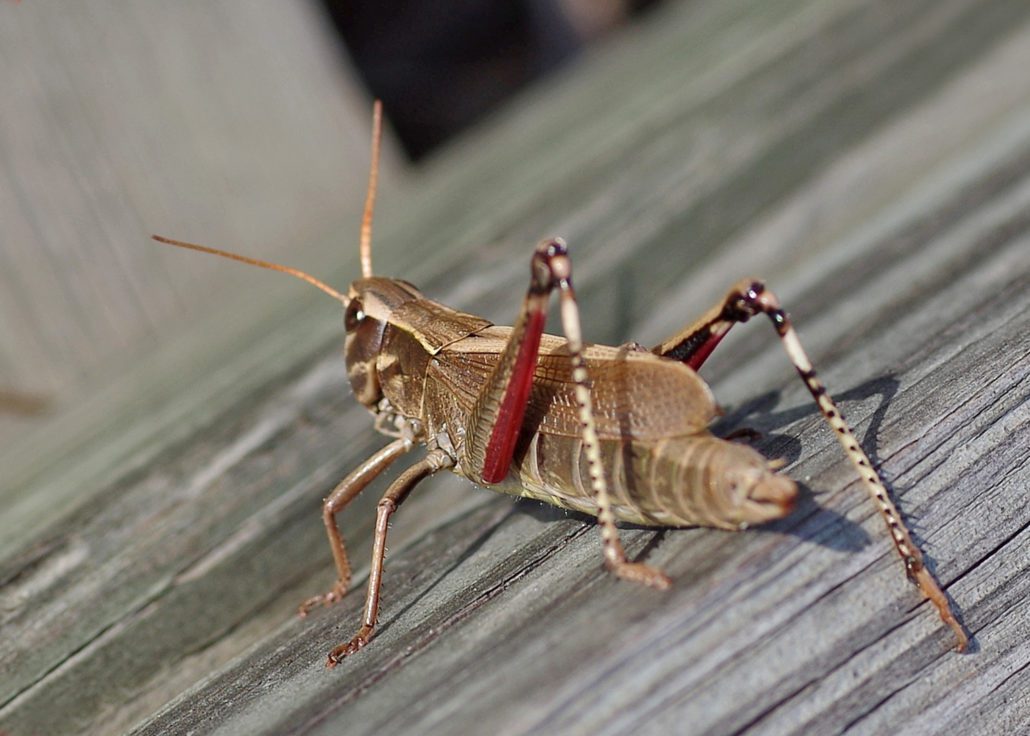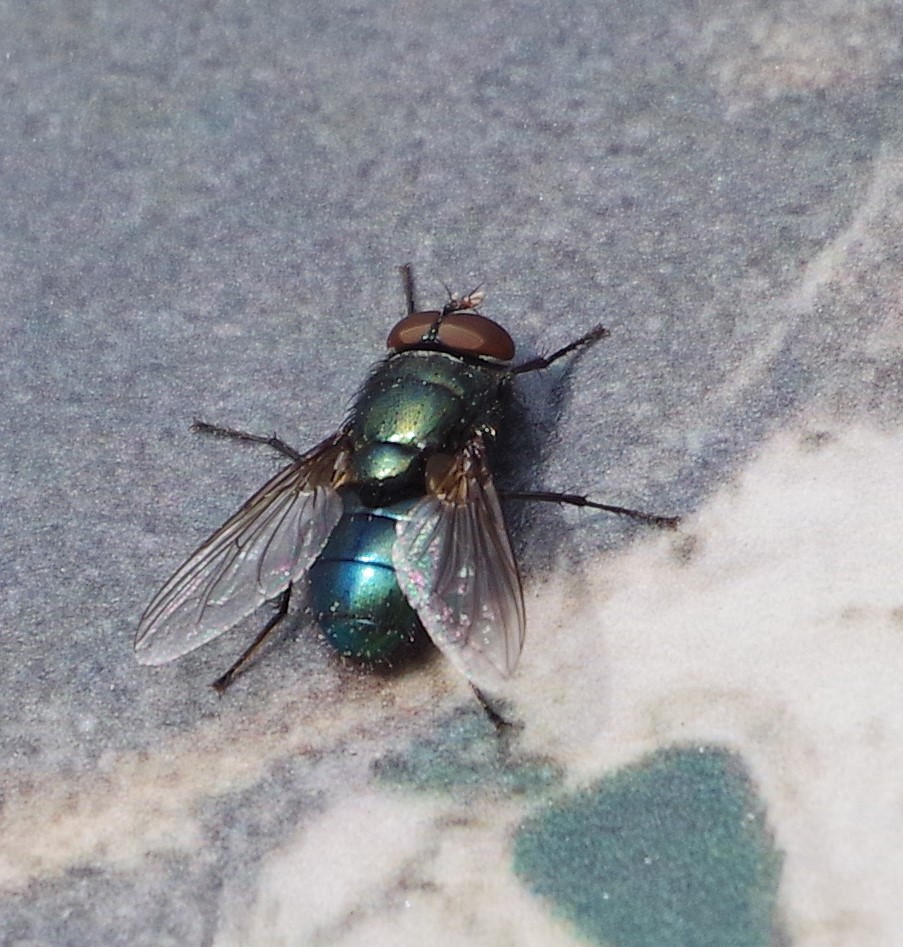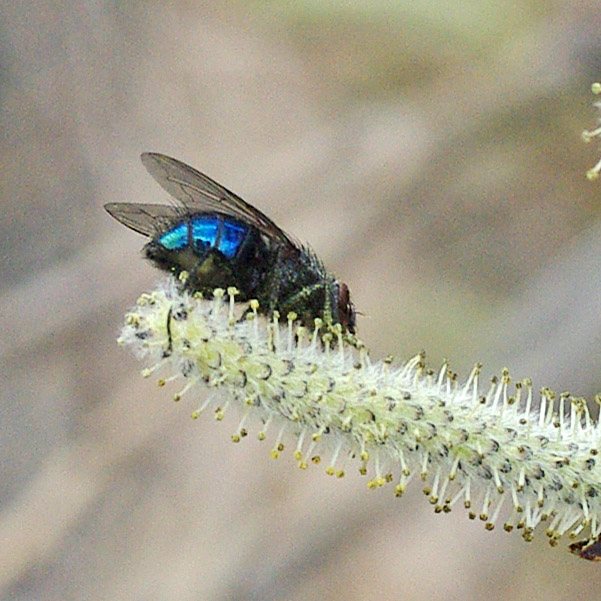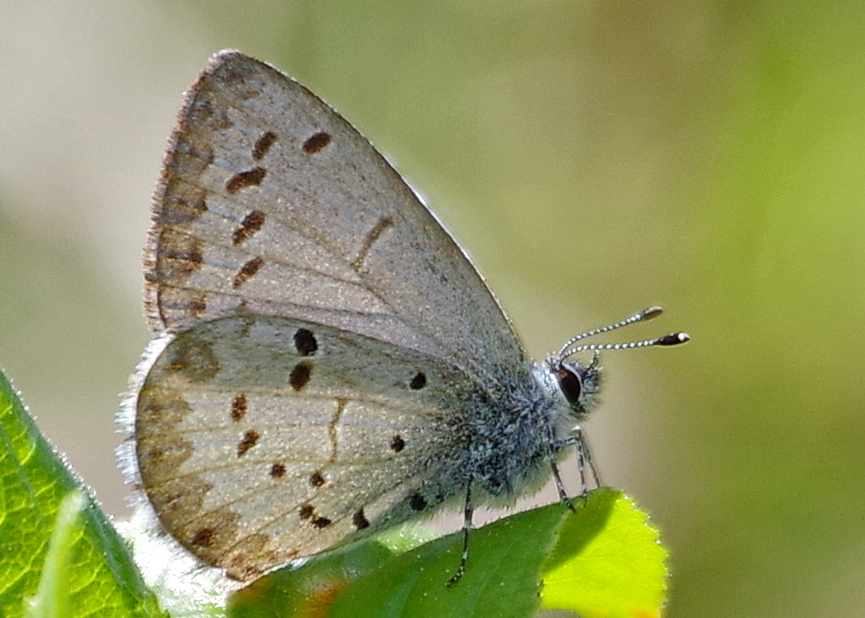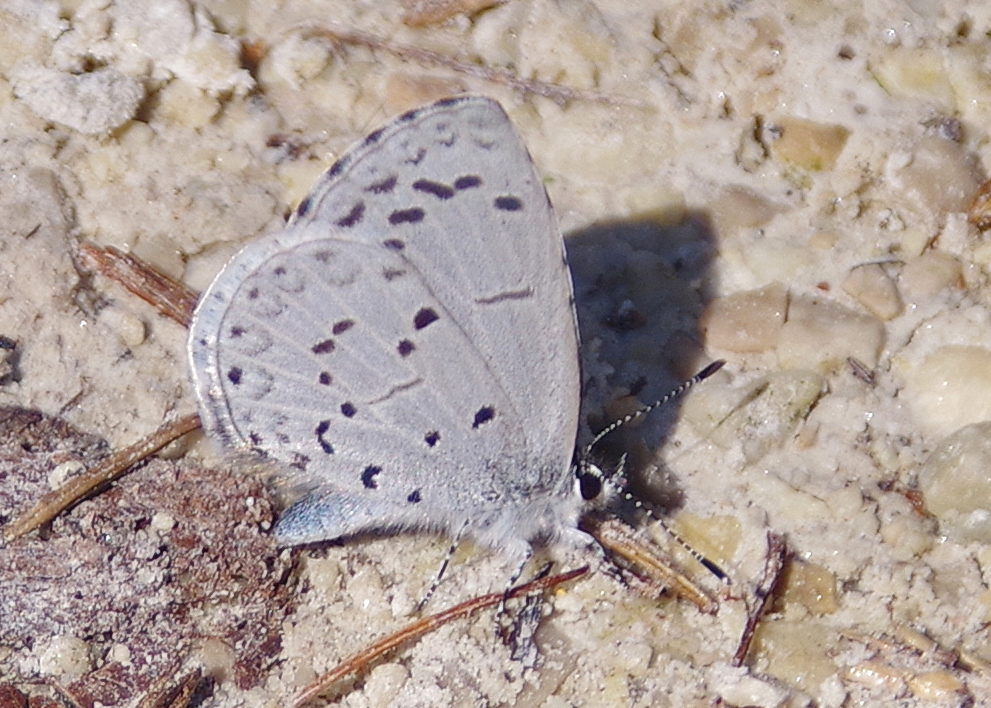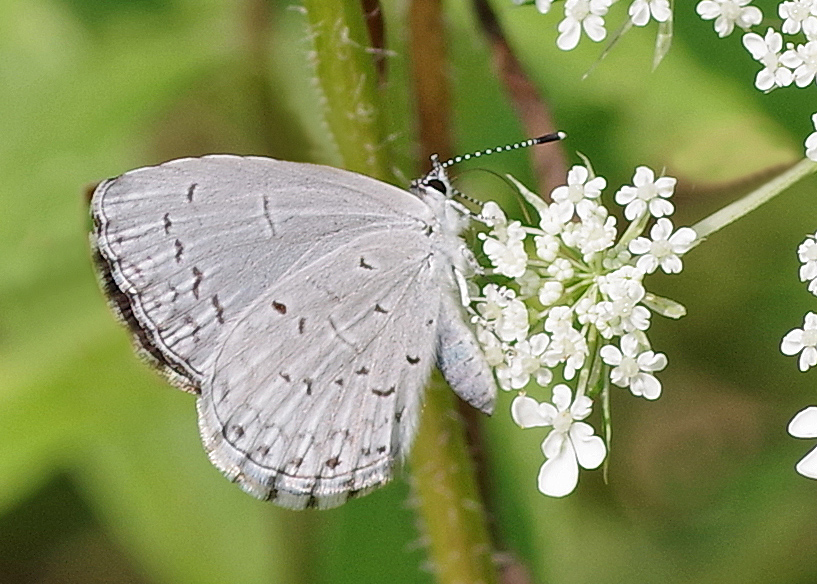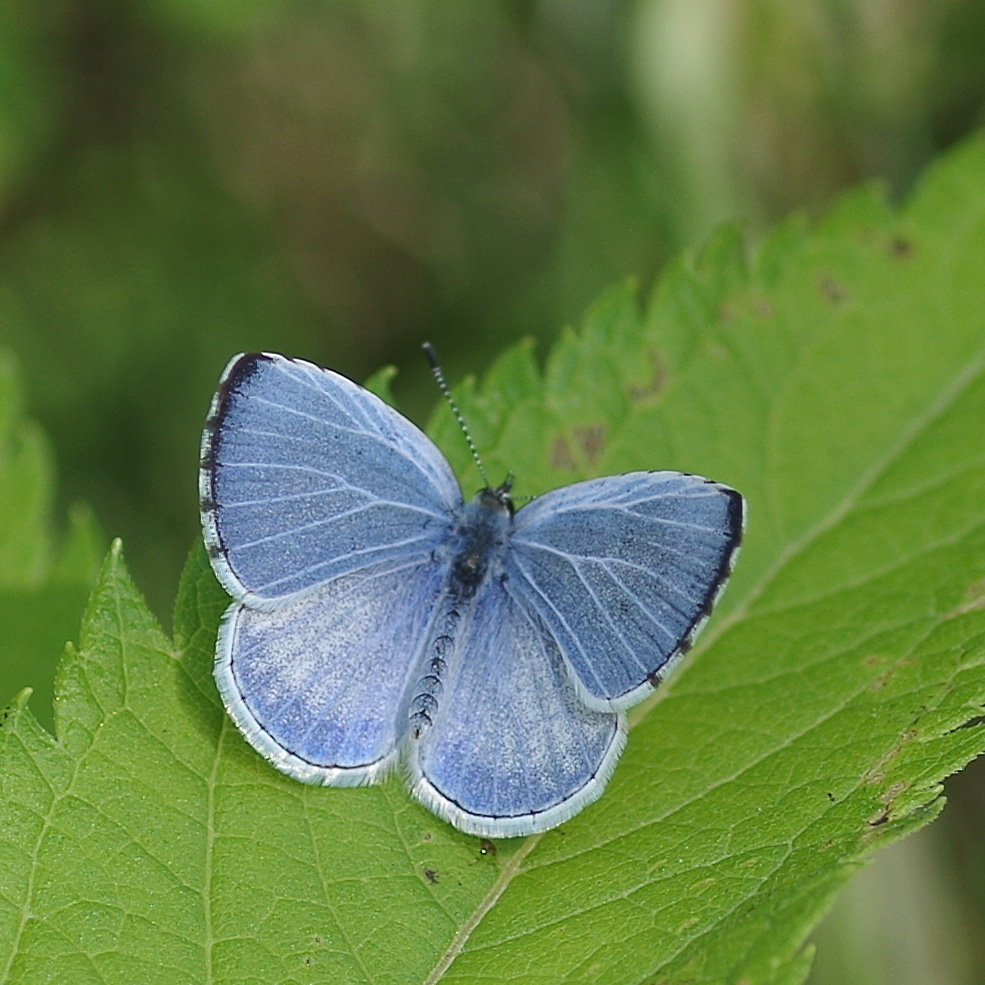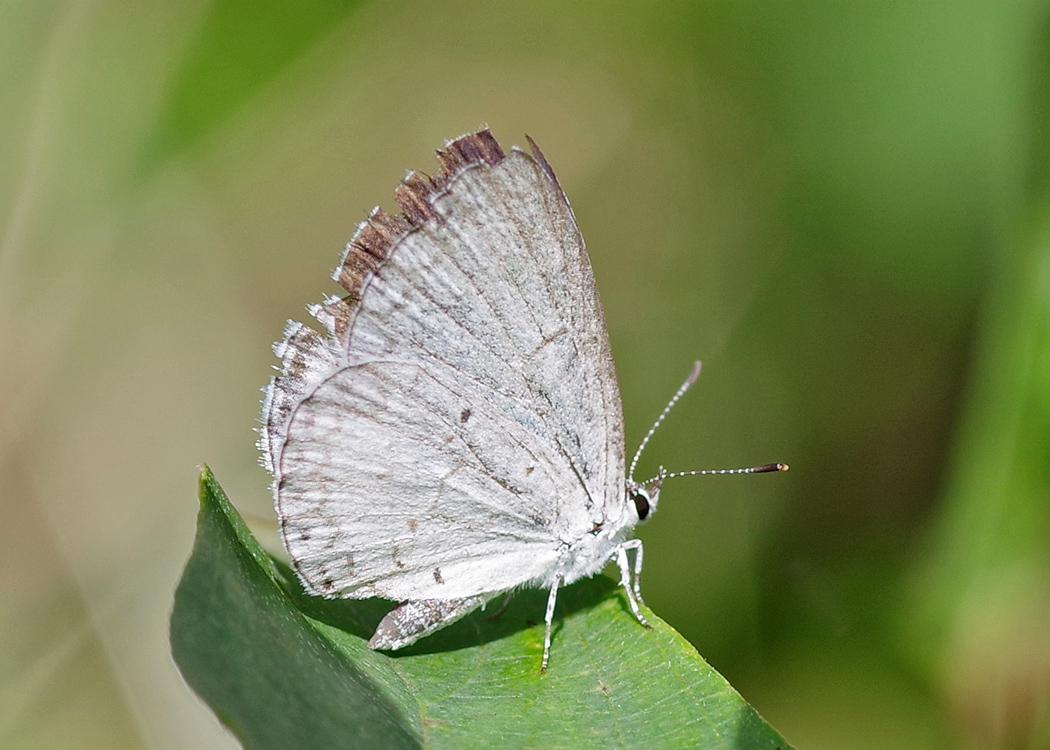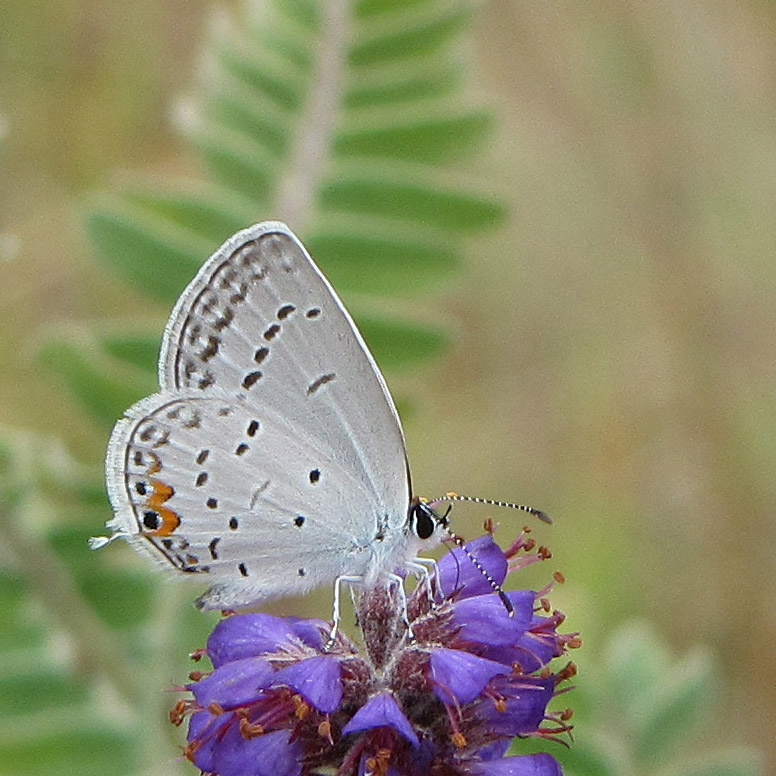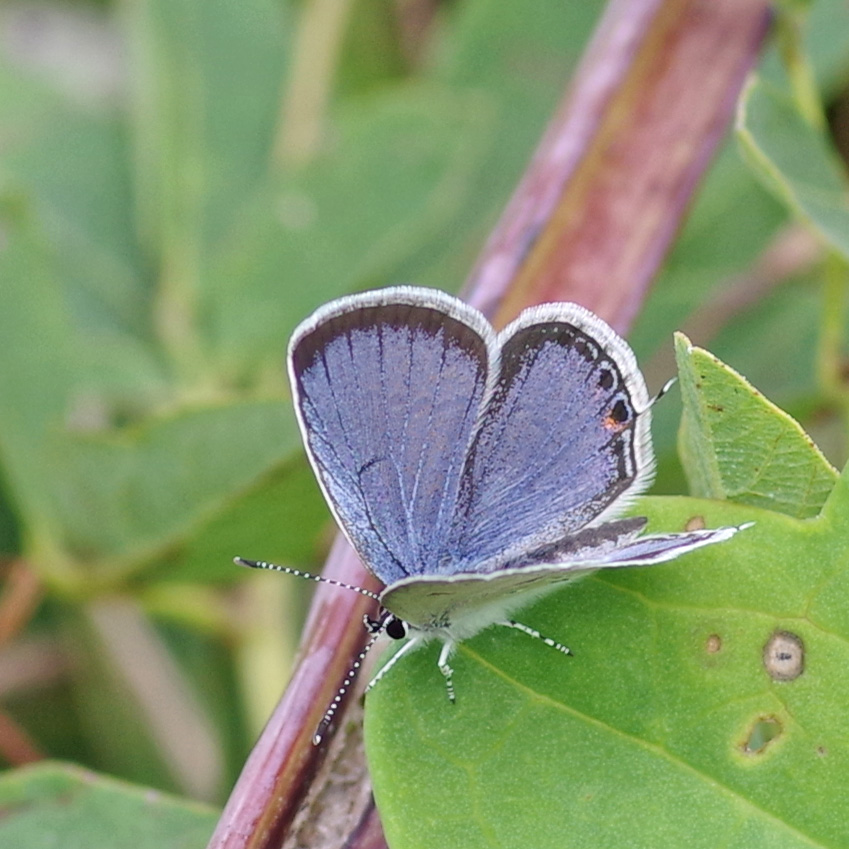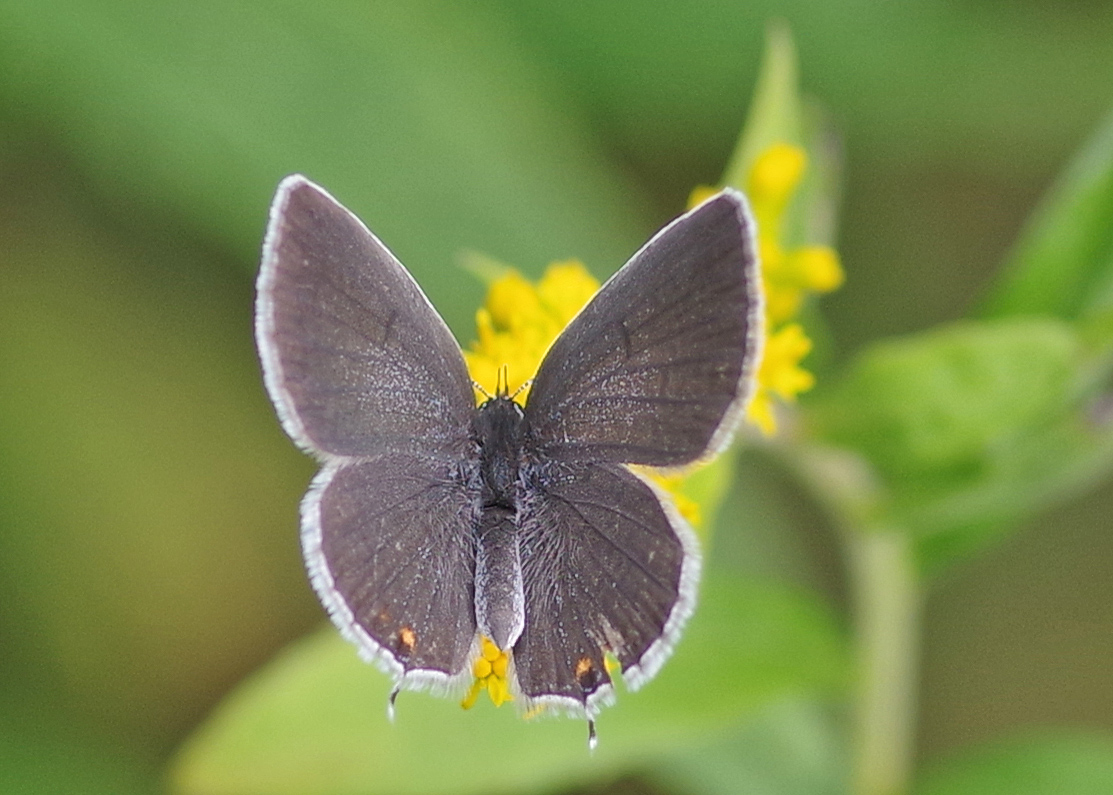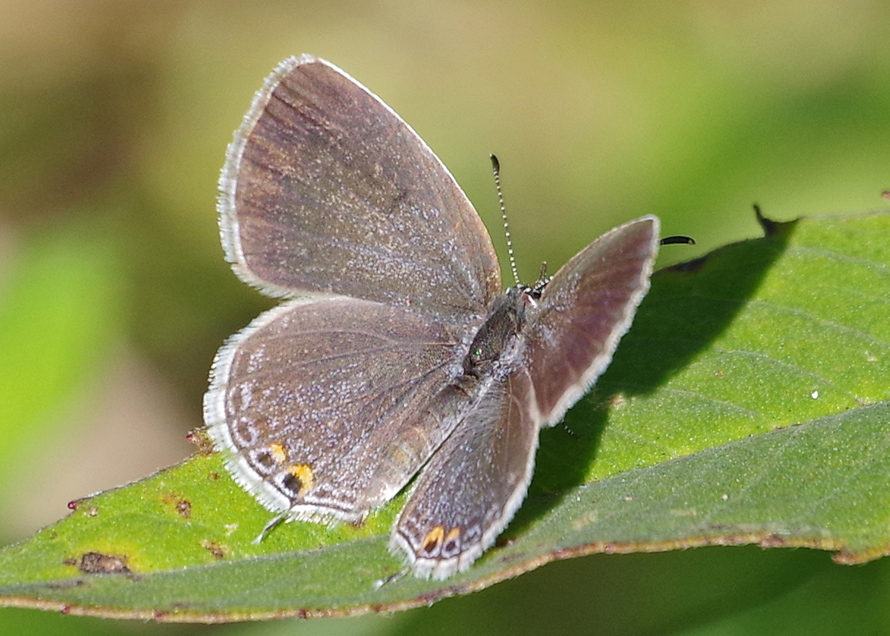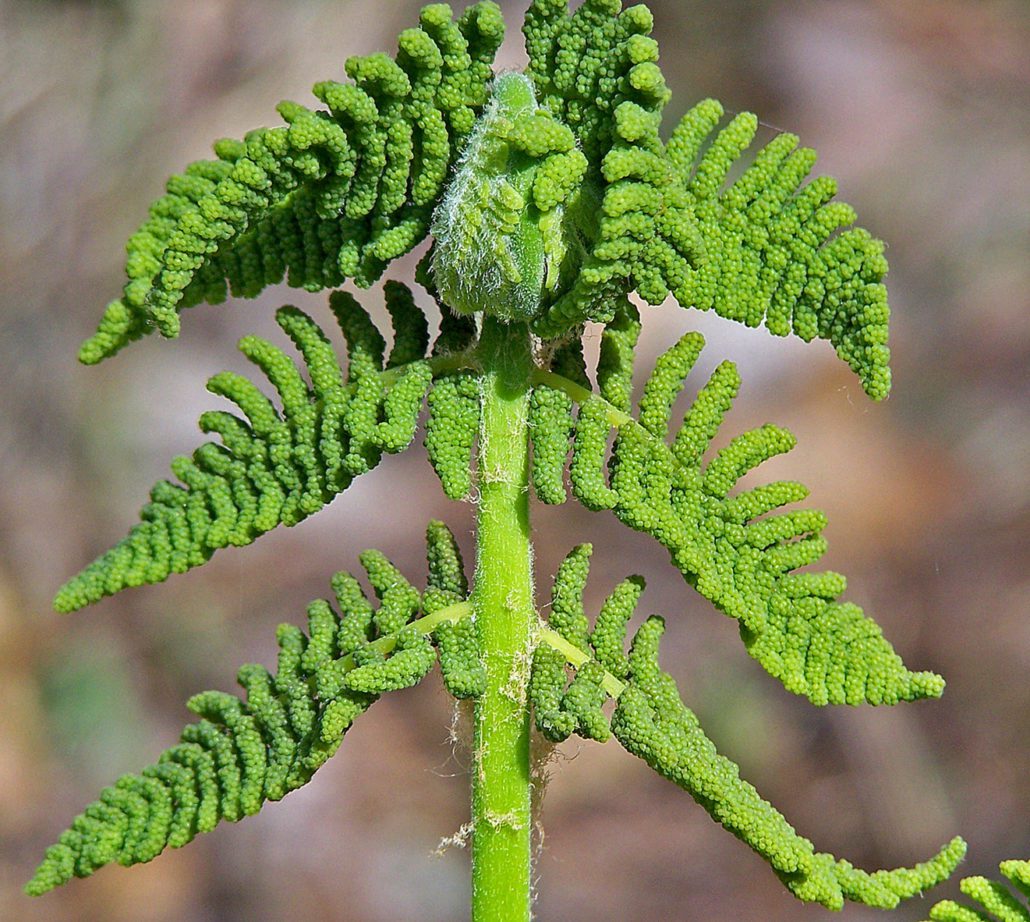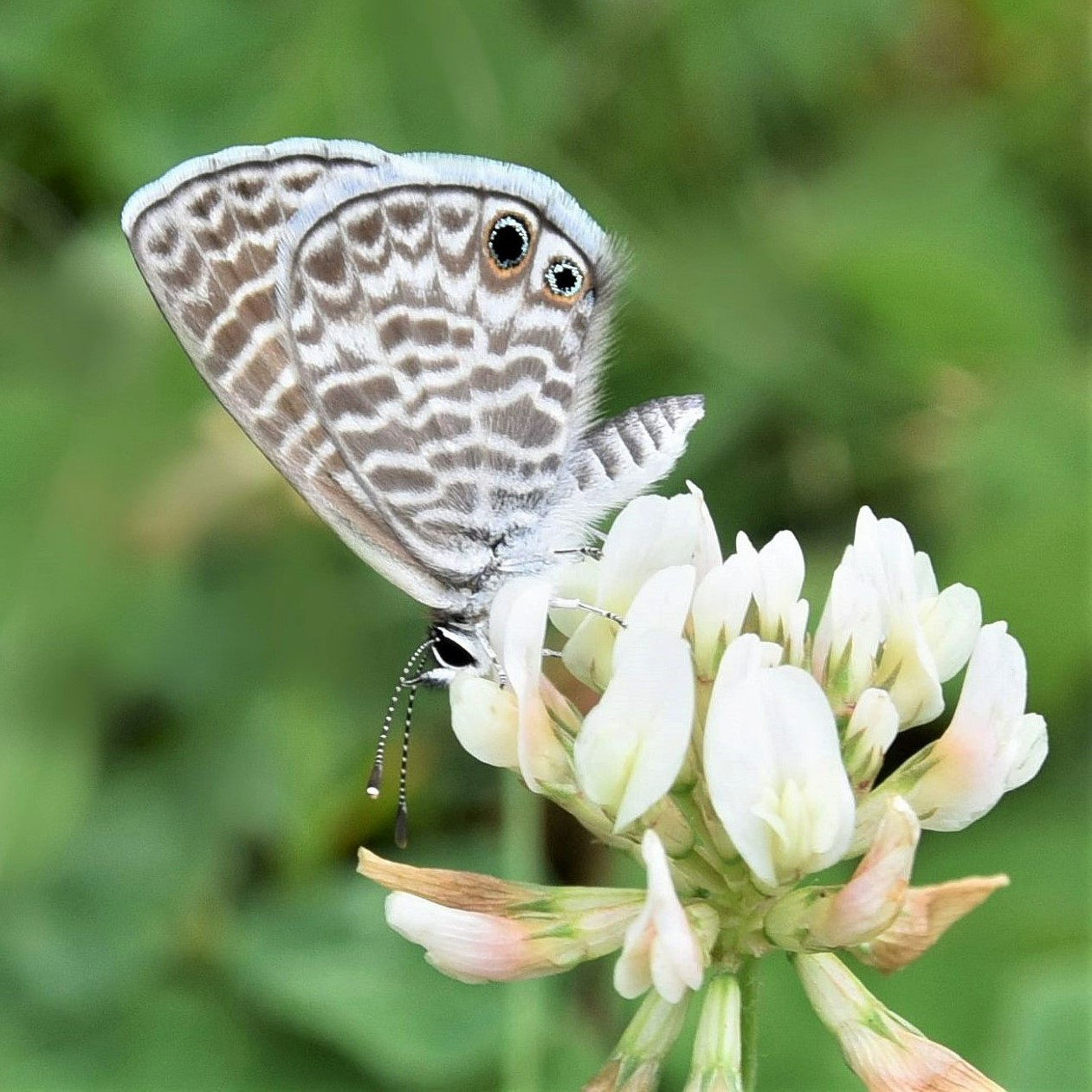
A Tale of Two Butterflies – Part 2 Marine Blue
Howdy, BugFans,
A few days after she found an American Snout butterfly (of recent BOTW fame), the BugLady saw this small, pale, worn butterfly ahead of her on the ground. At first, she thought it might be a Summer Azure probing for minerals. Usually, they’re pretty uncooperative about having their pictures taken, so she was really happy that this “Blue” wasn’t camera shy. When she looked at it on the camera’s screen, she saw that it was not your run-of-the-mill Summer Azure.
It was a Marine Blue (Leptotes marina), a butterfly listed as “A very rare stray in Wisconsin.” by the https://wisconsinbutterflies.org/butterfly website.
Its normal range is the scrublands and deserts of southwestern of North America, south into Mexico and Central America, but it shows up as an “emigrant” elsewhere http://mothphotographersgroup.msstate.edu/species.php?hodges=4357. Wisconsin has had at least seven records so far this summer, one on the west side of the state, one in Madison, and the rest in Ozaukee and Sheboygan Counties, on the east side (Wisconsin butterfly watchers are a dedicated community).
In The Butterflies of Iowa (2007), Schlicht, Downey, and Nekola pose an interesting question. Marine Blues spend only 5 to 10 days as adults. How does such a short-lived butterfly get from, say, Arizona to Iowa? Or Wisconsin, or Ohio, or New York? They speculate that it may be transported in shipments of alfalfa.
It’s an ecologically flexible species, which is a recipe for success. Marine Blues inhabit the Southwestern deserts, but they’re also at home in tropical lowlands, conifer forests, higher altitudes, open/disturbed/”weedy” areas, urban gardens, and agricultural fields. There are plenty of species of food plants available for both the adults and the caterpillars.
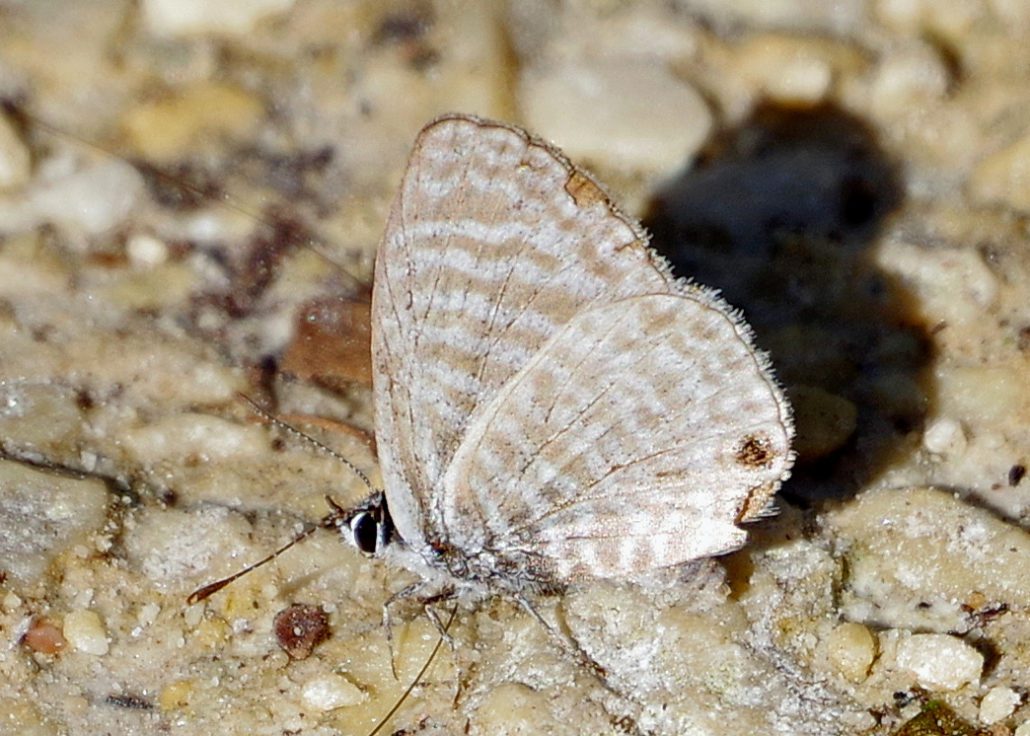
Marine Blues (aka Striped Blues or Marine Striped Blues) are in the Gossamer-winged butterfly family Lycaenidae (Blues, Coppers, Hairstreaks, and Harvesters). Samuel Scudder (19th century entomologist and paleontologist and insect namer) called the genus Letotes the “banded blues.” Like other blues, they’re small, with a wingspan of a little over an inch. Males and females have similar “tiger-striped” underwings; the upper wings of males have a purplish tinge https://bugguide.net/node/view/1450319/bgimage (the BugLady didn’t find an explanation of why a desert butterfly was named the Marine Blue, but it must have been a nod to the male’s color). The blue on the females is restricted to the base of the upper wings, which often show grid-like lines that echo the pattern of stripes on the underwing https://bugguide.net/node/view/411840.
As always, blue pigments are extraordinarily uncommon in animals; most blue is a trick of the light. In butterflies, it’s a result of light being bent/diffracted by the “complex nanoarchitecture” in the cuticle of the scales that cover the butterfly’s wings (for a deeper dive, see “Butterflies Hack Light Waves” https://asknature.org/strategy/wing-scales-cause-light-to-diffract-and-interfere/).
Their flight is fast and erratic. Males actively patrol for females, the male flashing his wings and “calling her” with pheromones https://bugguide.net/node/view/716954/bgimage. Her response to him includes an assessment of the “nutritional abundance of the environment”. She ultimately lays eggs on the flower buds of legumes.
The variably-colored, slug-like caterpillars eat the flower buds and developing flowers and seeds (but never the leaves) of woody and herbaceous, wild, agricultural, and ornamental plants in the Pea/Legume family – plants like Acacia, Mesquite, vetch, prairie clover, sweet pea, trefoils, wisteria, and alfalfa. The caterpillars eventually form a chrysalis in the litter below their host plants https://bugguide.net/node/view/2114148/bgimage. They produce multiple/continuous broods in the far south.
Adults get nectar from a variety of flowers – some legumes and some not – and sip other nutrients from dung and from damp soil https://bugguide.net/node/view/675418/bgimage. Here are some great shots of various life stages: http://leps.thenalls.net/content2.php?ref=Species/Polyommatinae/marina/life/marina_life.htm.
Like other family members, Marine Blue caterpillars are myrmecophiles – they form close associations with ants. Ants protect them from parasitoids (insect larvae that would eat them alive) in exchange for honeydew produced by the caterpillar.
Marine Blues are common throughout the Southwest, but their population in Southern California has gotten an unexpected bump (the Snout had “dominoes,” and so does the Marine Blue). There, Marine Blues have become urban butterflies – one source says that they’re the most common butterfly in Orange County, California! In a paper that appeared in the Journal of the Lepidopterists Society in 1990, entomologist John Brown explains that the Marine Blue has been a common backyard butterfly in Southern California, where wisteria has been its favored host plant, since the 1920’s. But the butterfly has jumped to a new, non-legume host, a South African evergreen shrub called Cape Plumbago (Plumbago auriculata), which is widely planted in landscaping and along roadways and blooms year round.
The ant in the Marine Blue-ant partnership is the Argentine ant (Linepithema humile, formerly Iridomyrmex humilis), a pretty interesting species that forms super colonies over vast areas (https://en.wikipedia.org/wiki/Argentine_ant) and that balances the negatives of routing native ant species and being a persistent home invader with the positives of eating mealybugs and scale on citrus. Brown noted that “Leptotes marina is one of few native North American butterflies that has benefited from the activities of man by its remarkable switch to a new larval host introduced from South Africa and to a nectar source and an ant introduced from South America [the butterflies strongly favor the introduced Brazilian pepper flowers for nectaring], none of which are closely related to the butterfly’s native resources. This flexibility undoubtedly has led to an expansion in range, at least ecologically and temporally, over the past 60 years, resulting in the butterfly’s invasion and successful colonization of urban environments.”
So – another day, another Southwestern visitor, but unlike the American Snout, there don’t seem to be a set of precipitating factors for Marine Blues’ wanderings (other than northbound truckloads of hay). And, unlike the Snout, Marine Blues (probably) do not produce broods at the ends of their journeys.
Thanks to BugFan Freda for the use of her beautiful picture of a mint-condition Marine Blue sitting on a clover.
Kate Redmond, The BugLady
Bug of the Week archives:
http://uwm.edu/field-station/category/bug-of-the-week/


